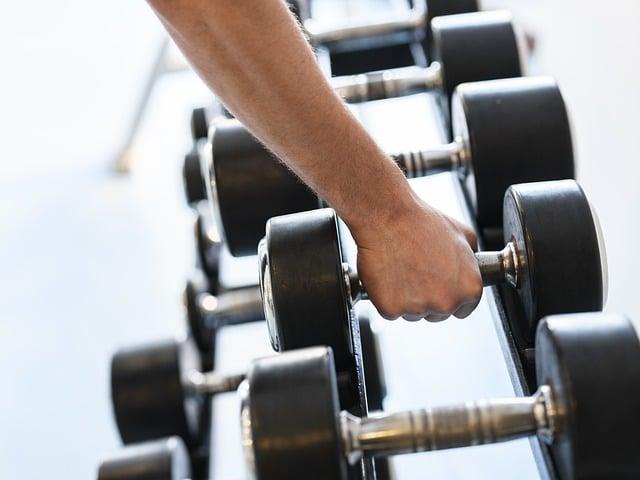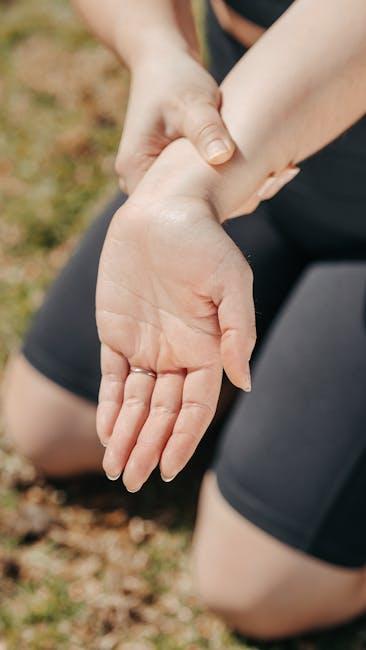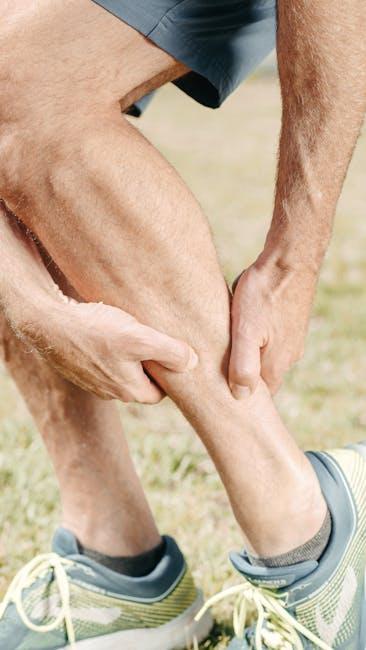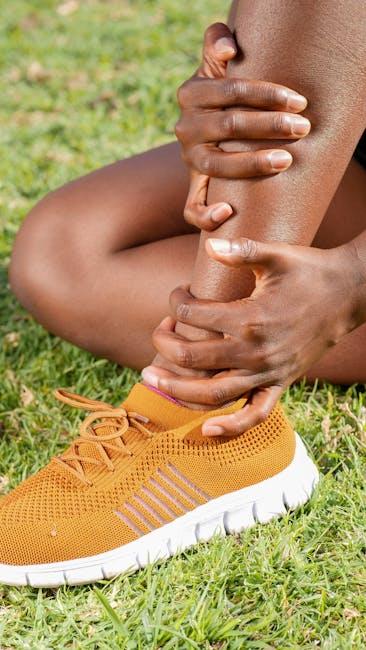Experiencing a muscle cramp in the middle of a workout can be both painful and frustrating, disrupting the flow of your exercise routine and sapping your motivation. If you’ve ever found yourself wincing in discomfort due to a sudden, involuntary contraction of your muscles, you’re not alone. Muscle cramps are a common issue faced by many, from beginners to seasoned athletes. Understanding how to prevent these cramps is essential for anyone looking to maintain a consistent and enjoyable exercise regimen. In this article, we’ll explore practical and effective strategies to help you minimize the risk of cramps, allowing you to focus on achieving your fitness goals without unnecessary interruptions. Whether you’re preparing for a marathon or just enjoying a daily jog, these insights will empower you to exercise with confidence and ease.
Understanding the Causes of Muscle Cramps and How to Address Them
Muscle cramps can be a frustrating and painful interruption during exercise, often leaving you wondering why they occur in the first place. Understanding the causes is the first step in preventing them. Common triggers include dehydration, electrolyte imbalances, and muscle fatigue. When your body lacks adequate fluids or essential minerals like potassium, calcium, and magnesium, your muscles can become more prone to cramping. Additionally, overexertion or holding a position for too long can lead to fatigue-induced cramps.
To effectively address these issues, consider the following strategies:
- Stay Hydrated: Drink plenty of water before, during, and after exercise. Incorporate electrolyte-rich beverages if you’re sweating heavily.
- Balance Your Diet: Ensure your meals include a variety of foods rich in essential minerals. Foods like bananas, spinach, and yogurt are excellent choices.
- Warm-Up and Stretch: Properly warm-up before exercise and incorporate stretching routines to prepare your muscles.
- Pace Yourself: Avoid overexertion by gradually increasing the intensity and duration of your workouts.
| Nutrient | Rich Food Source |
|---|---|
| Potassium | Bananas |
| Magnesium | Almonds |
| Calcium | Yogurt |

Hydration and Nutrition Tips to Keep Cramps at Bay
Ensuring proper hydration and nutrition is essential to ward off those pesky muscle cramps during exercise. When it comes to staying hydrated, it’s not just about drinking water. Consider incorporating electrolyte-rich beverages to replenish lost minerals such as sodium, potassium, and magnesium. These electrolytes are crucial in maintaining muscle function and preventing cramps.
- Drink before, during, and after exercise: Start hydrating a couple of hours before your workout and continue sipping water or electrolyte drinks throughout your exercise routine.
- Monitor your urine color: Aim for a light yellow color, which indicates proper hydration levels.
Nutrition plays an equally important role. Include foods rich in essential minerals and vitamins in your diet. Bananas, sweet potatoes, and spinach are excellent sources of potassium, while almonds and avocados can boost your magnesium intake. To help you balance your diet, here’s a quick reference table of foods that are beneficial:
| Mineral | Food Source |
|---|---|
| Potassium | Bananas, Sweet Potatoes, Spinach |
| Magnesium | Almonds, Avocados, Dark Chocolate |
| Sodium | Pickles, Cheese, Salted Nuts |
Remember, balance is key. By integrating these hydration and nutrition strategies into your routine, you can help keep muscle cramps at bay and enjoy a more comfortable, effective workout.

Stretching and Warm-Up Techniques for Cramps Prevention
Before diving into your workout, taking the time to properly stretch and warm up can be a game-changer in preventing those dreaded muscle cramps. Warming up increases blood flow to your muscles, enhancing their elasticity and reducing the risk of sudden spasms. Here are some effective techniques to incorporate into your routine:
- Dynamic Stretching: Unlike static stretching, dynamic stretching involves movement and helps in gradually increasing your range of motion. Exercises like leg swings, arm circles, and torso twists prepare your muscles for the workout ahead.
- Foam Rolling: This self-myofascial release technique helps in loosening tight muscles and fascia. Spend a few minutes rolling out major muscle groups, focusing on any areas that feel particularly tight or tender.
- Progressive Warm-Up: Start with low-intensity activities such as brisk walking or light jogging. Gradually increase the intensity to prepare your body for more strenuous exercise.
Consider the following table for a quick guide on how long to spend on each warm-up activity:
| Activity | Duration |
|---|---|
| Dynamic Stretching | 5-10 minutes |
| Foam Rolling | 5 minutes |
| Progressive Warm-Up | 5-15 minutes |
Incorporating these techniques not only helps in preventing cramps but also enhances overall performance. Listen to your body and adjust the routine as needed to suit your personal needs.

Listening to Your Body: Recognizing Early Signs and Taking Action
Our bodies are remarkably intuitive, often sending subtle signals before muscle cramps strike. Tuning into these signals can help you take preemptive steps to avoid discomfort. Here’s how to recognize and act on those early signs:
- Tightness or Twitching: If you feel an unusual tightness or twitching in your muscles, consider it a gentle nudge to pause and assess your hydration and electrolyte levels.
- Fatigue: Muscles that are tired from overuse are more prone to cramping. Ensure you’re allowing adequate recovery time between workouts and listen to your body when it tells you it’s time to rest.
- Heat and Humidity: Exercising in hot, humid conditions can increase your risk of cramps. Stay hydrated and take breaks in the shade to help your body regulate its temperature.
Taking action when you notice these signs can prevent cramps from interrupting your workout. Consider the following adjustments:
| Action | Benefit |
|---|---|
| Increase Water Intake | Keeps muscles hydrated and functioning optimally |
| Consume Electrolytes | Replenishes essential minerals lost through sweat |
| Stretch Regularly | Improves flexibility and reduces tension in muscles |
Remember, your body is your most reliable ally. By listening and responding to its cues, you can maintain a healthy and enjoyable exercise routine. Take these steps not just as precautions, but as essential components of your fitness journey.








































